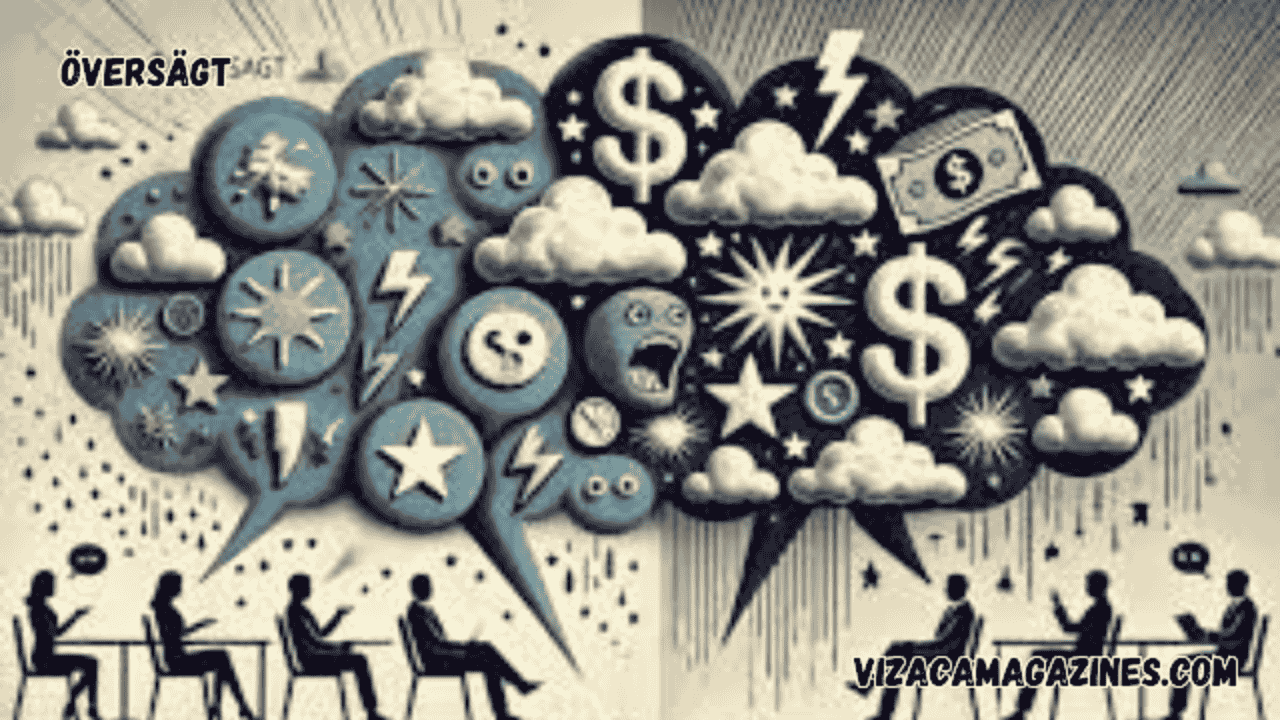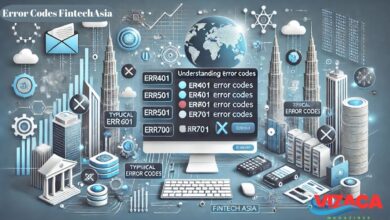Översägt: Beyond the Standard, Översägt??, Översägt and More About Översägt
In the ever-expanding world of linguistics, cultural expressions, and evolving terminologies, the word “Översägt” stands as an intriguing concept that many seek to understand. This term, often associated with exaggeration, overstatement, or beyond standard measures, holds various interpretations depending on its context. While it may appear obscure to some, its significance is undeniable in different realms of communication, literature, and even philosophy. But what exactly does “Översägt” mean, and how does it influence different aspects of discourse and daily interactions? Let’s dive deep into the layers of “Översägt” and explore its multifaceted presence beyond the standard.
The Linguistic Perspective: A Word of Overstatement?
“Översägt” is primarily understood as an extension of the Swedish word “över,” which means “over” or “beyond,” and “sagt,” which translates to “said.” When combined, it conveys the notion of something being overstated or exaggerated. However, does this merely confine it to a term of embellishment, or does it extend further into the realms of emphasis and amplification?
From a linguistic standpoint, words carrying the meaning of overstatement play a crucial role in shaping dialogue and written communication. Exaggeration is often used as a rhetorical device to emphasize certain points, evoke emotions, or add dramatic effect to a statement.
Översägt in Literature and Storytelling
The Role of Översägt in Literary Narratives
The power of overstatement in literature cannot be underestimated. From ancient myths to modern fiction, exaggerated descriptions bring vibrancy to storytelling. Consider epics like The Iliad and The Odyssey, where heroes perform extraordinary feats that go beyond the realm of human capability. These narratives rely on hyperbole to captivate audiences, making “Översägt” an essential literary element.
Översägt in Poetry and Drama
In poetry, exaggerated imagery allows poets to evoke profound emotions. Romantic poetry, for example, often describes love in grand, almost surreal terms, making the emotion feel larger than life. Even in modern literature, authors use “Översägt” to build compelling characters and create memorable dialogue.
Översägt in Daily Communication: Exaggeration or Emphasis?
Everyday Use of Översägt
Have you ever caught yourself saying, “I’ve told you a thousand times!” or “This is the best meal I’ve ever had!”? Such phrases are everyday examples of “Översägt” in action. While these statements are clearly not meant to be taken literally, they emphasize a point and add flavor to communication.
Marketing and Advertising Strategies with Översägt
In marketing and advertising, “Översägt” is frequently employed to grab attention and persuade consumers. Slogans like “The best coffee in the world!” or “Unbeatable prices!” may not be entirely accurate but serve a strategic purpose—drawing interest and influencing perception.
The Philosophical Aspect: Is Översägt a Necessity?
Expression vs. Accuracy
Philosophers and thinkers have long debated the necessity of exaggeration in human expression. Is “Översägt” simply a distortion of reality, or does it serve a deeper purpose?
Some argue that overstatement is essential for capturing emotions and experiences that ordinary words fail to express. When someone says, “I was dying of laughter,” they are not literally on the brink of death but are trying to convey an extreme level of amusement that ordinary expressions might not fully encapsulate.
The Ethical Boundaries of Översägt
Others believe that exaggeration can sometimes mislead, distort facts, or create unrealistic expectations. In journalism, for instance, exaggerated headlines (sensationalism) can sometimes misrepresent reality, influencing public perception in unintended ways.
Översägt in Pop Culture and Media
Film and Television
From movies to social media trends, “Översägt” dominates the entertainment industry. In cinema, action films often depict protagonists surviving impossible scenarios, stretching the limits of reality. Similarly, reality television thrives on dramatized versions of events to keep audiences engaged.
Social Media and Viral Trends
In social media, influencers and content creators frequently use exaggerated titles and reactions to maximize engagement. Phrases like “You won’t believe what happened next!” or “This is the most incredible thing ever!” are designed to provoke curiosity and drive views. Whether in entertainment, news, or social media, “Översägt” plays a significant role in shaping modern content consumption.
When Does Översägt Go Too Far?
The Dangers of Misinformation
While exaggeration is a valuable tool in storytelling and expression, it also comes with risks. When does “Översägt” cross the line into misinformation? In advertising, making exaggerated claims without basis can lead to false advertising accusations. In social media, spreading overblown or sensationalized news can contribute to misinformation and panic.
Responsible Use of Översägt
Understanding the ethical boundaries of overstatement is crucial in a world where information spreads rapidly. Being mindful of when and how to use “Översägt” ensures that it remains a positive force in communication rather than a misleading one.
Conclusion: The Power and Responsibility of Översägt
“Översägt,” as a concept, goes beyond being just a word for exaggeration. It represents a broader aspect of human expression—amplifying ideas, emotions, and narratives to create impact. Whether in literature, daily conversations, marketing, or philosophy, “Översägt” has a profound presence that shapes the way we communicate and perceive the world.
However, with great power comes great responsibility. While overstatement can make language more engaging, it is essential to use it ethically and effectively. Striking a balance between emphasis and accuracy ensures that “Översägt” continues to enhance rather than distort our understanding of reality.
In a world where information is constantly evolving, “Översägt” reminds us that sometimes, going beyond the standard can make all the difference—if done thoughtfully and truthfully.





